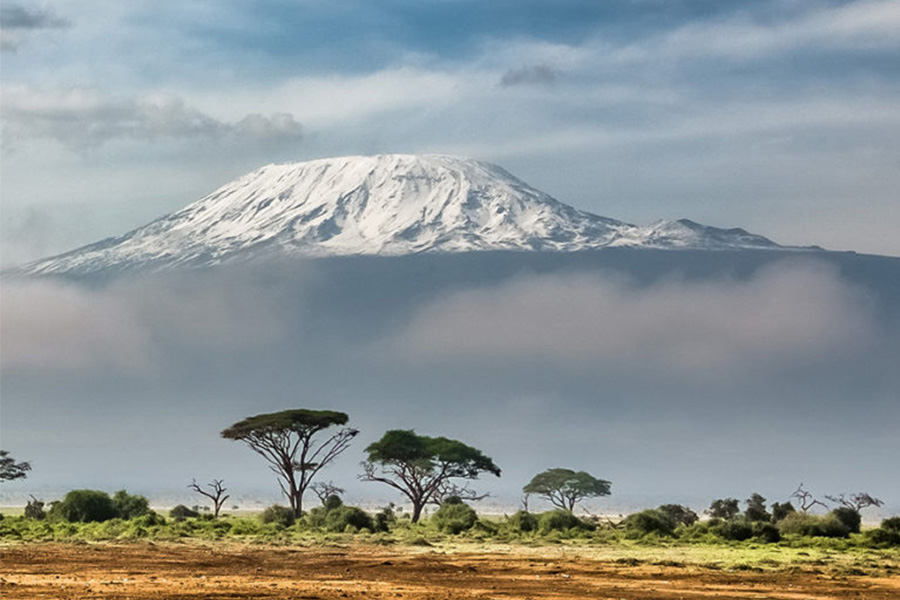Shortly after high school graduation, our son Jeff and a close friend proposed to their fathers an adventure. The four of us would have a father-son bonding experience leaving the modern world behind and following the path of the voyagers through what is now Quetico Provincial Park in Canada. Always ready for an adventure, I excitedly voted yea.
We flew to a remote airport north of Lake Superior where outfitters greeted and prepped us for the trip. For five days, we paddled, camped and portaged (pronounced like massaged) around a chain of lakes following the same routes the voyagers used hundreds of years ago bringing furs to the rich folks on the east coast.
But while swatting eagle-sized mosquitoes and carrying a forty pound backpack and canoe over mud-slicked hills, I wondered, “What the ____ am I doing here?! I’m nearly sixty years old, risking my life in the wilderness.”
As time passed and the agony wore off, I found myself recalling the trip with great fondness . . . and an “Aha” moment: The arduous trip had given me a rich experience.

Not long after that, I received an invitation to join a small group of publishers climbing Mount Kilimanjaro, a volcano known as the roof of Africa. Another adventure. I’m in!
Getting to the mountain meant sixteen hours sitting in the middle seat from Chicago to London to Nairobi followed by a seven hour bus ride. But I wasn’t going to let discomfort spoil the experience this time. In London, rather than sitting at the airport during the ten hour layover, I took a room at the airport hotel. After sleeping several hours there was still time for a refreshing swim. I was more than ready for the next leg.
The bus ride from Nairobi, Kenya to Arusha, Tanzania was eye-opening. We clearly weren’t in Kansas any more. Instead of cows in the fields, there were ostriches running free and giraffes nibbling at the treetops. And don’t step on an ant hill – they were more than ten feet high!
Climbing Kilimanjaro was challenging. We spent 5½ days hiking up, made especially difficult by the lack of oxygen – most of the hike was above ten thousand feet. Every step offered the opportunity for disaster – not because it was terribly risky, but because a turned ankle was hours or even days away from help.
Prior to the final ascent (about 4,500 feet) we spent a day at 15,000 feet acclimatizing. We could walk around, sleep, sit and talk – just be there and adjust to the altitude.
The final ascent was spectacular. We began at 11:00 PM. Rare proximity of the earth to the sun and the moon to the earth combined with a full moon meant lights were not only unnecessary, they were annoying. The rim of the volcano was another 4,000 feet up. We reached it at dawn.
The last 342 feet up was just a walk around the rim. It took another hour. Shuffle-puff-puff-puff-shuffle-puff-puff-puff. Fortunately when we reached the summit there was not much to see – because I couldn’t see a thing through streaming tears of emotion. More than six months later, the least recollection still choked me up.
After hiking back down for a day and a half, spending another six hours on the bus, and nine hours in a middle seat to London, I boarded the flight from London to Chicago. Settling into my seat with four thousand miles yet to go I thought, almost out loud, “Almost home.”
It took ten difficult days to spend ten minutes on the roof of Africa. But to know the mountaintop, I had to make the climb.
This is slide show (in seven parts) I created shortly after returning:































































